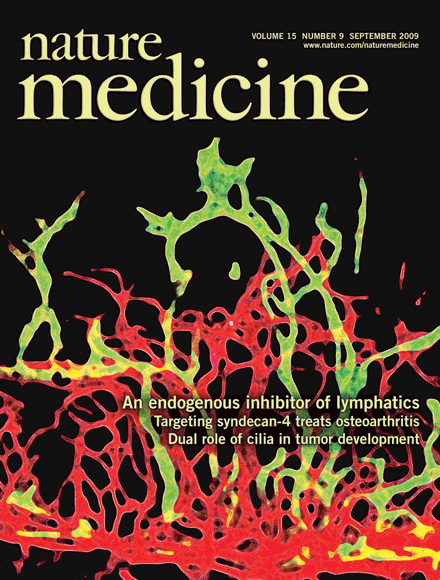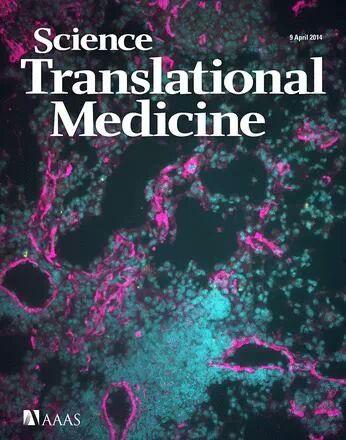OUR SCIENCE
Overview
Core pathways that mediate fibrosis in multiple organ systems are likely to serve as better targets for anti-fibrotic drug development; redox imbalance leading to oxidative damage, that is often exacerbated by aging, represents one of these core pathways. To date, no therapies have demonstrated efficacy for halting or reducing established fibrosis, which may represent the holy grail for therapeutic strategies to more effectively treat IPF.
FibroNox is developing Nox4 inhibitors (to block the source of oxidant production) and Nrf2 activators (to boost intracellular antioxidant responses) as novel treatment strategies to halt and reduce persistent fibrosis. This two-pronged strategy offers unique approaches to combat oxidative stress, a core pathway that drives the pathogenesis of fibrotic disorders.
Nox4 Inhibitors
Our team was the first to identify a novel target, Nox4 (an oxidant generating enzyme) as a critical mediator of lung fibrosis. Since then, hundreds of studies have validated these findings; Nox4 is now considered to be a core pathway that mediates fibrosis in various organs (lungs, liver, skin, kidney, blood vessels, skeletal muscle, and heart). We have also demonstrated that Nox4 becomes dysfunctional in aging, where its sustained upregulation promotes age-associated persistent/progressive fibrosis – These findings may help to explain why fibrotic disorders are more prevalent among the elderly.
Although Nox4 is among the most promising drug targets for fibrotic disease, selective Nox4 inhibitors have yet to be successfully developed – until now. There are currently no available Nox4 inhibitors on the market. Nox4 drug development has proved challenging, and putative “Nox inhibitors” have been subsequently challenged and disproven; our studies also support these findings. In contrast, FibroNox’s Nox4 inhibitors have passed the most rigorous screening available and demonstrate high-selectivity for Nox4.
IPF
We have demonstrated efficacy in pre-clinical models of IPF. The lungs of elderly IPF patients demonstrate sustained overexpression of Nox4; this age-dependent defect is also seen in aged mice with persistent lung fibrosis. We have demonstrated that treatment with Nox4 inhibitors can halt fibrosis development, reduce age-associated established lung fibrosis, and improve lung function.
Duchenne muscular dystrophy (DMD):
DMD develop skeletal muscle fibrosis leading to progressive loss of skeletal muscle function and limited mobility. Nox4 is highly upregulated in the skeletal muscle of DMD patients and in a DMD mouse model; our studies corroborate these findings and further demonstrate that expression of Nox4 in skeletal muscles continues to increase with age. FibroNox is developing Nox4 inhibitors as a novel therapeutic approach for DMD patients, to reduce skeletal muscle fibrosis, restore skeletal muscle function and improve mobility, and decrease diaphragm fibrosis to improve lung function. Our pre-clinical studies have demonstrated that treatment with Nox4 inhibitors can protect from the development of skeletal muscle fibrosis in a murine model of DMD. Further, in older DMD mice with established fibrosis, treatment with Nox4 inhibitors led to the reduction of established fibrosis leading to improved mobility. The reduction of diaphragm muscle fibrosis also led to improved lung function.
Nrf2 Activators
A number of studies have implicated defective antioxidant responses in the pathogenesis of IPF. Nuclear factor erythroid 2–related factor 2 (Nrf2) is a master regulator of cellular antioxidant responses. IPF patients exhibit deficient Nrf2 levels, which promotes excessive oxidative stress and pro-fibrotic myofibroblasts phenotypes. We have demonstrated that aged mice exhibit age-dependent defective Nrf2-mediated antioxidant responses which promotes persistent lung fibrosis. Further, we have demonstrated that treatment with Nrf2 activators can promote the reduction of age-associated persistent lung fibrosis. FibroNox is developing Nrf2 activators via inhaled delivery as a novel treatment strategy for IPF.
Key Publications

Hecker L, Vittal R, Jones T, Jagirdar R, Luckhardt TR, Horowitz JC, Pennathur S, Martinez FJ, Thannickal VJ. 2009. NADPH oxidase-4 mediates myofibroblast activation and fibrogenic responses to lung injury. Nature Medicine. 15(9):1077-1082. PubMed ID: 19701206
Hecker L, Thannickal VJ. 2011. Nonresolving fibrotic disorders: idiopathic pulmonary fibrosis as a paradigm of impaired tissue regeneration. American Journal of the Medical Sciences. 341(6):431-434. PubMed ID: 2161392

Hecker L, Logsdon NJ, Kurundkar D, Kurundkar A, Bernard K, Hock T, Meldrum E, Sanders YY, Thannickal VJ. 2014. Reversal of persistent fibrosis in aging by targeting Nox4-Nrf2 redox imbalance. Science Translational Medicine. 6(231):231-247. PubMed ID: 24718857
Palumbo S, Shin Y, Ahmad K, Desai A, Quijada H, Mohamed M, Knox A, Colson B, Sammani S, Wang T, Garcia JGN, and Hecker L. 2017. Dysregulated Nox4 ubiquitination contributes to redox imbalance and age-related severity of acute lung injury. American Journal of Physiology – Lung Cellular and Molecular Physiology. 312(3):297-308. PubMed ID: 28062482
Kato K, Papageorgiou I, Shin YJ, Kleinhenz J, Palumbo S, Hahn S, Irish JD, Rounseville SP, Hecker L. Leveraging ageing models of pulmonary fibrosis: the efficacy of nintedanib in ageing. Eur Respir J. 2021 Nov 25;58(5):2100759. PMID: 34531276
Kato K, Papageorgiou I, Shin YJ, Kleinhenz JM, Palumbo S, Hahn S, Irish JD, Rounseville SP, Knox KS, Hecker L. Lung-Targeted Delivery of Dimethyl Fumarate Promotes the Reversal of Age-Dependent Established Lung Fibrosis. Antioxidants. 2022;11(3). PubMed PMID: 35326142
